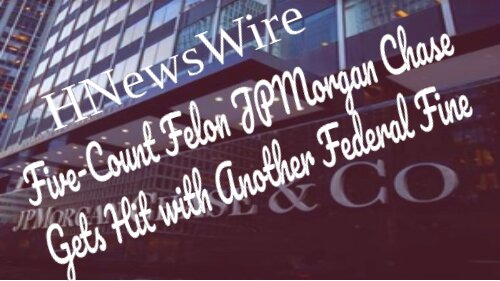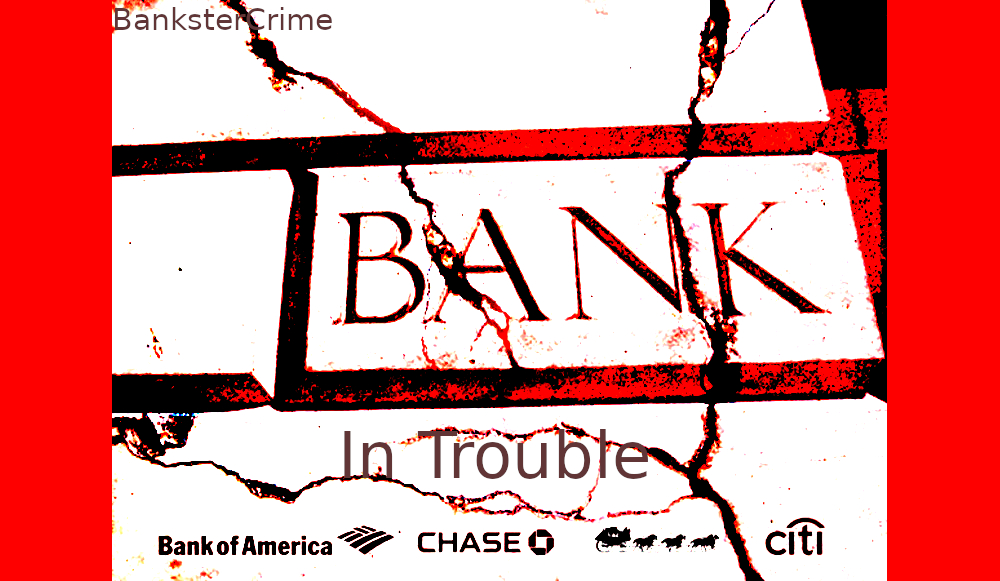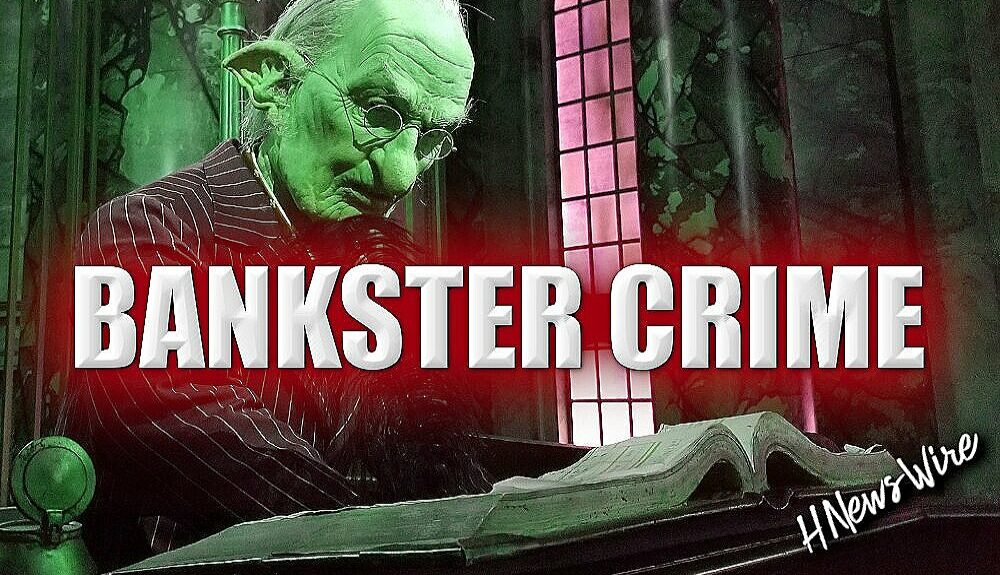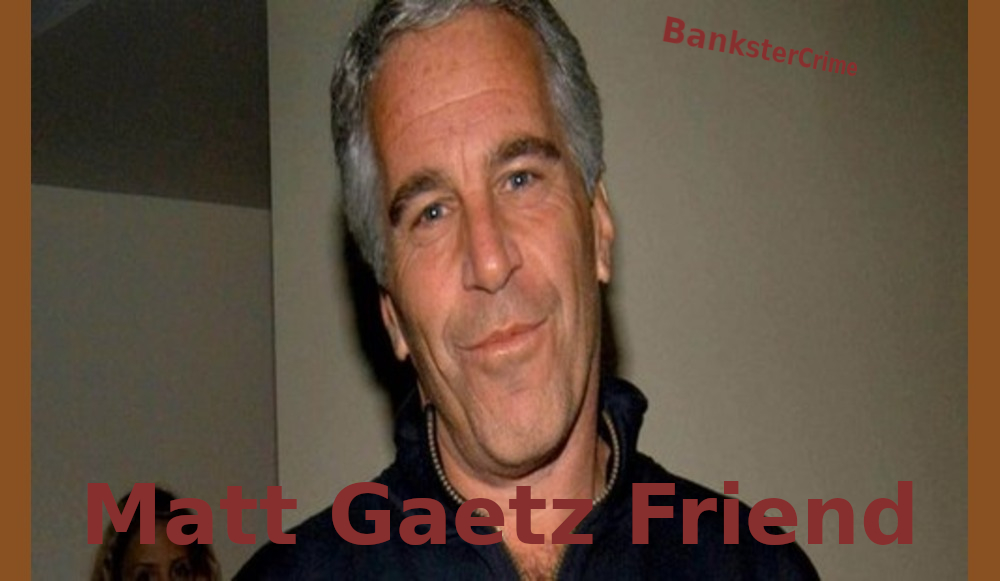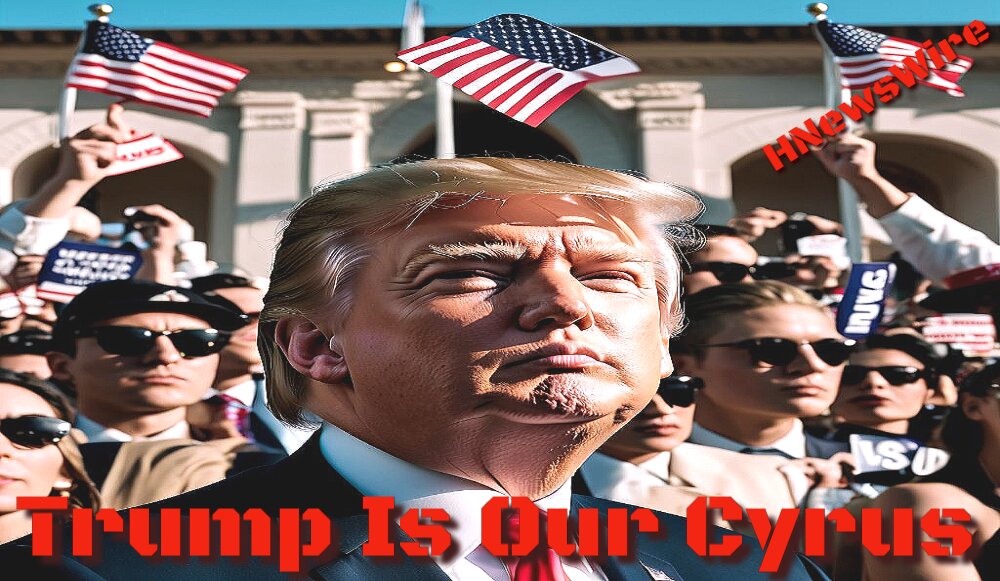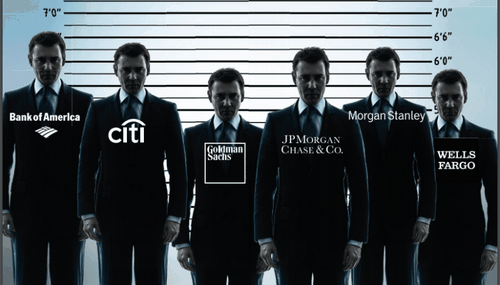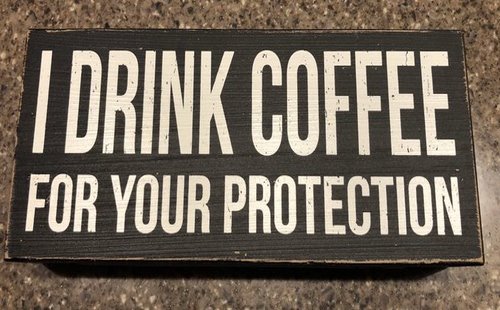Five-Count Felon JPMorgan Chase Gets Hit with Another Federal Fine for 40 Million Derivative Violations; Pays 37 1/2 Cents Per Violation
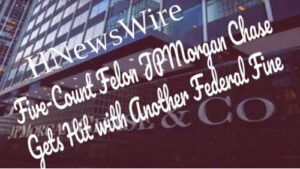
BanksterCrime:
By Pam Martens and Russ Martens:
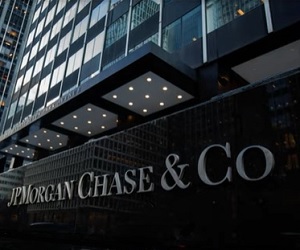 In the eyes of Wall Street veterans who are paying close attention to what’s going down at the mega banks on Wall Street, federal regulators are making the crime wave at these banks worse, not better. The federal fines for egregious behavior at these banks are getting smaller and more meaningless by the day.
In the eyes of Wall Street veterans who are paying close attention to what’s going down at the mega banks on Wall Street, federal regulators are making the crime wave at these banks worse, not better. The federal fines for egregious behavior at these banks are getting smaller and more meaningless by the day.
Take, for example, what happened on Friday. The Commodity Futures Trading Commission (CFTC) fined three of the largest trading houses on Wall Street a combined $53 million for derivative reporting violations. Those trading houses were units of Goldman Sachs, Bank of America, and JPMorgan Chase.
But what was particularly tone deaf about the CFTC’s settlement with JPMorgan Chase was the tiny amount of the monetary fine and the praise heaped on the five-count felon bank for its “cooperation” with the federal regulator.
According to the CFTC, over a period of five years, spanning 2017 to 2022, JPMorgan Chase Bank and two of its units “failed to report, or failed to correctly report, more than 40 million swap transactions.” The fine was a pathetic $15 million in total for the three JPMorgan units, meaning it cost this global behemoth just 37 ½ cents per law violation.
Last year, JPMorgan Chase reported $37.7 billion in net income. A fine of $15 million for 40 million violations of law is something that traders will make jokes about around the water cooler.
What is a “swap,” and what was JPMorgan Chase likely up to in failing to report or incorrectly reporting 40 million swap trades?
A swap is a derivative trade entered into between two parties via contract. According to the CFTC, the 40 million derivatives in this $15 million fine against JPMorgan Chase involved interest rate derivatives, foreign exchange derivatives, commodity derivatives and equity (stock) derivatives.
Why would a trading house fail to report a derivative trade? It could be that it had exceeded its speculative trading limits or that its counterparty on the trade was a risky counterparty that a federally-insured bank shouldn’t be doing business with or with whom it already had too many risky derivative trades. It could also be that one large trading house was attempting to manipulate the market to benefit one of its other trading positions.
Regarding that last point – attempting to manipulate the market to benefit one of its trading positions – on September 29, 2020, the U.S. Department of Justice charged JPMorgan Chase with rigging the precious metals market and hit it with a criminal felony count for its conduct, to which it admitted. According to the Justice Department, the rigging occurred for more than eight years, from March of 2008 to August of 2016, and involved “tens of thousands” of incidents. The Justice Department wrote that traders at JPMorgan Chase:
“…knowingly and intentionally placed orders to buy and sell precious metals futures contracts with the intent to cancel those orders before execution (‘Deceptive PM [Precious Metals] Orders’), including in an attempt to profit by deceiving other market participants through false and fraudulent pretenses and representations concerning the existence of genuine supply and demand for precious metals futures contracts. By placing Deceptive PM Orders, the Subject PM Traders intended to inject false and misleading information about the genuine supply and demand for precious metals futures contracts into the markets, and to deceive other participants in those markets into believing something untrue, namely that the visible order book accurately reflected market-based forces of supply and demand. This false and misleading information was intended to, and at times did, trick other market participants, including competitor financial institutions and proprietary traders, into reacting to the apparent change and imbalance in supply and demand by buying and selling precious metals futures contracts at quantities, prices, and times that they otherwise likely would not have traded.”
In the current case, the CFTC wrote that it was recognizing JPMorgan’s “substantial cooperation and appropriate remediation” which was “further reflected in the form of a reduced civil monetary penalty.” The CFTC appeared clueless that it was thanking a serial recidivist lawbreaker and five-count felon for “cooperation.”
This is the same bank that the Chair of the Senate Permanent Subcommittee on Investigations in 2013, the late Senator Carl Levin, said “piled on risk, hid losses, disregarded risk limits, manipulated risk models, dodged oversight, and misinformed the public.” That statement was made regarding the London Whale derivatives scandal at JPMorgan Chase Bank, where it used depositors’ money from its federally-insured bank to gamble in derivatives in London and end up losing $6.2 billion.
This is the same bank that recently agreed to pay $365 million to settle claims that it rolled out the red carpet for child sex trafficker Jeffrey Epstein for a decade and a half in order to boost its bottom line from his referral of wealthy clients? JPMorgan Chase didn’t report to law enforcement Epstein’s hundreds of suspicious withdrawals of cash, sometimes amounting to $40,000 to $80,000 a month, until Epstein was dead in his jail cell in 2019 while awaiting trial. (The New York City Medical Examiner ruled the death a suicide.) The $365 million in settlements were made with Epstein victims ($290 million) and with the Attorney General for the U.S. Virgin Islands ($75 million). The U.S. Department of Justice has yet to bring criminal charges against JPMorgan Chase for acting as a cash conduit for a notorious sex trafficker of children for more than 15 years.
Federal regulators are defining deviancy down on Wall Street and greasing the skids for another epic crash like the one that occurred in 2008 that left the U.S. economy in tatters.
Revelation: A Blueprint for the Great Tribulation


A Watchman Is Awakened


Will Putin Fulfill Biblical Prophecy and Attack Israel?

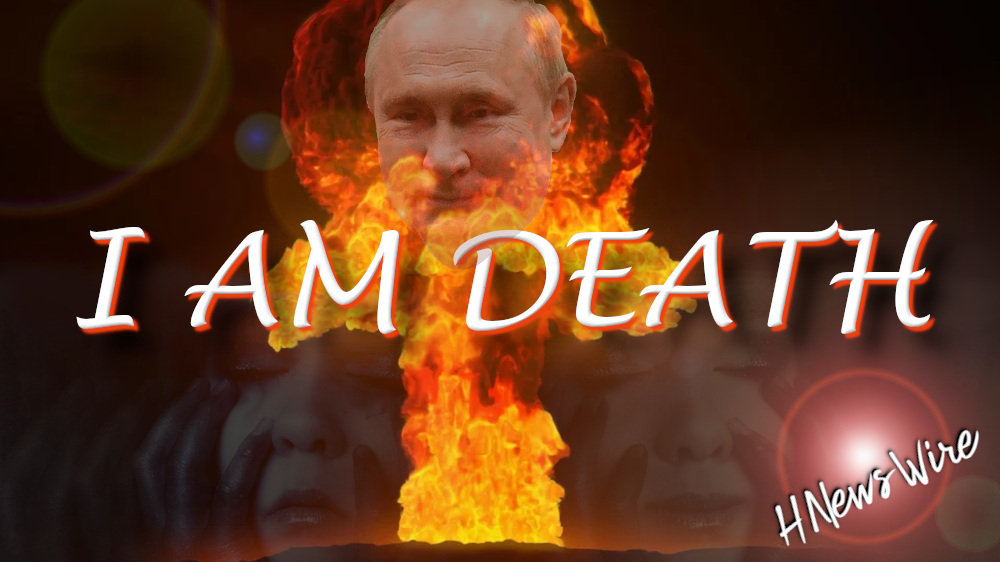

Newsletter
Orphans

Editor's Bio

